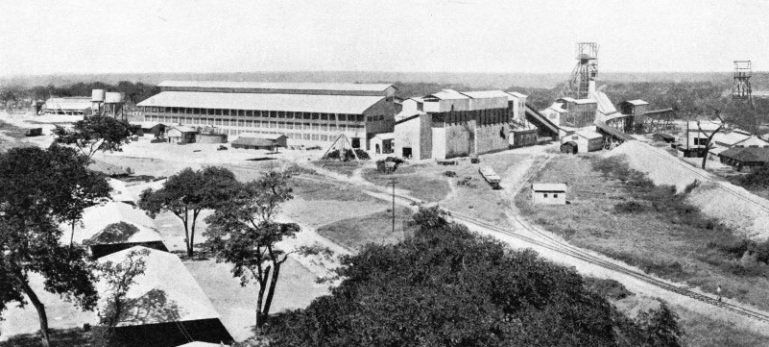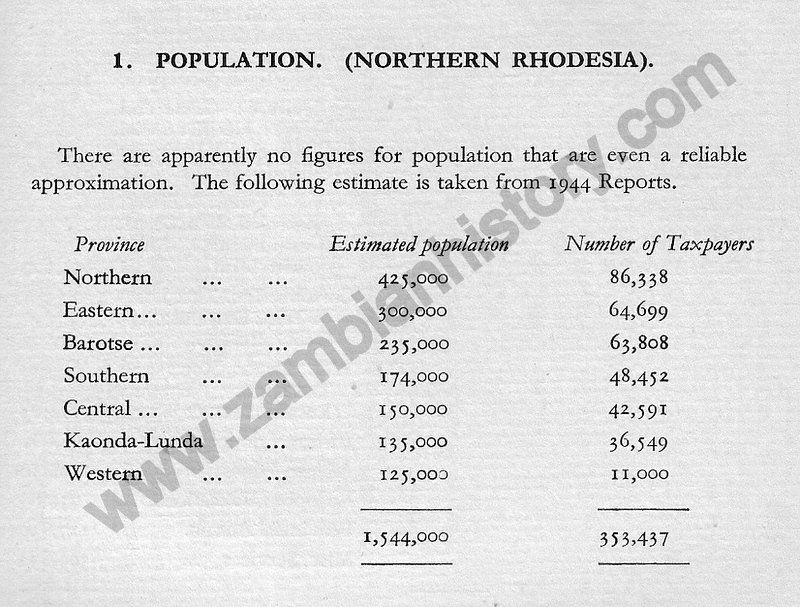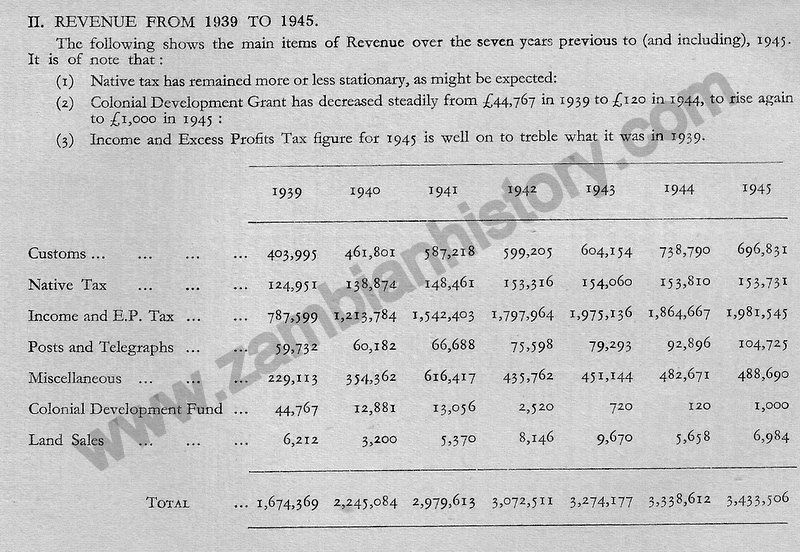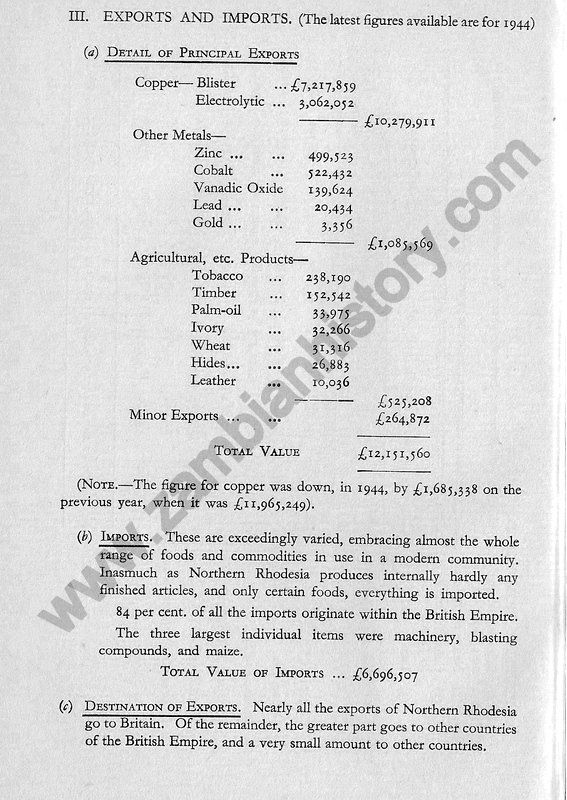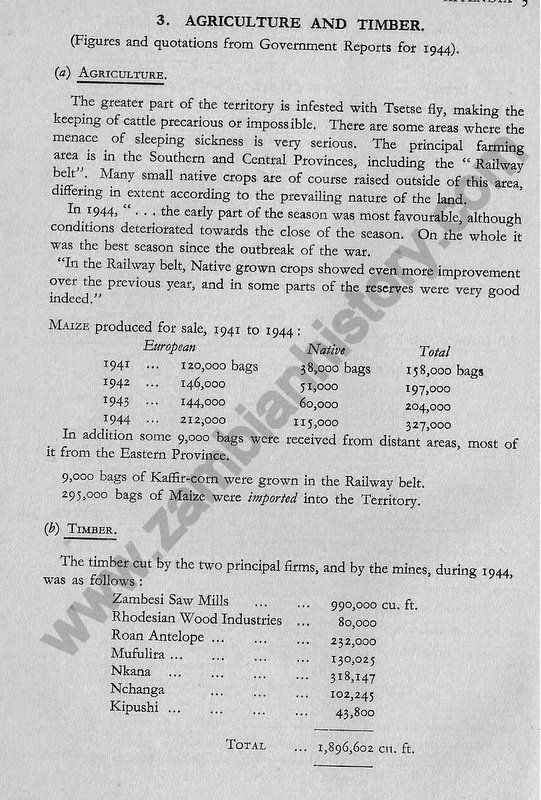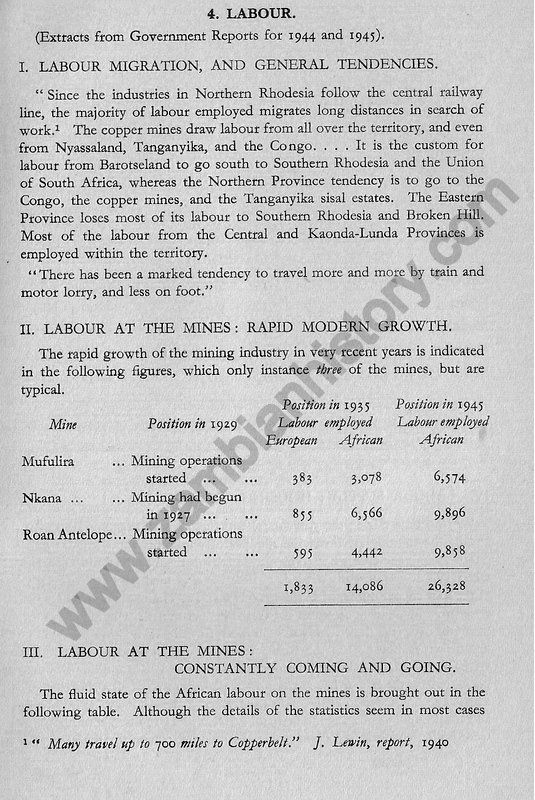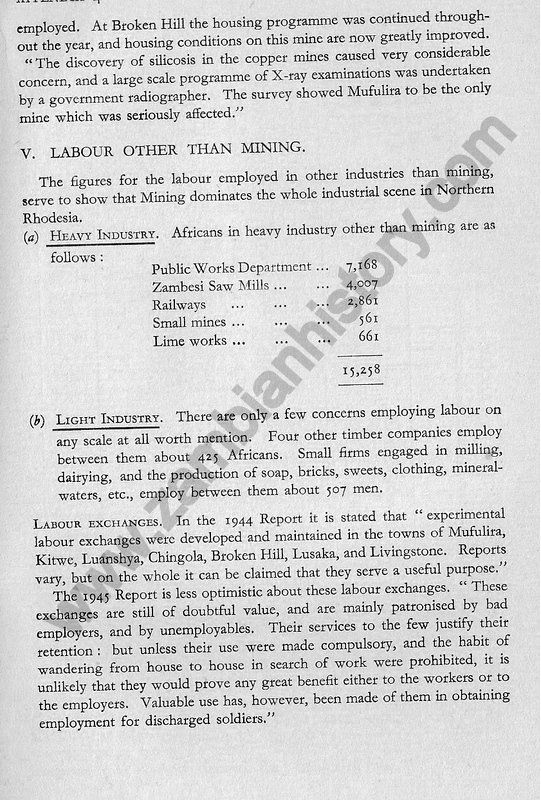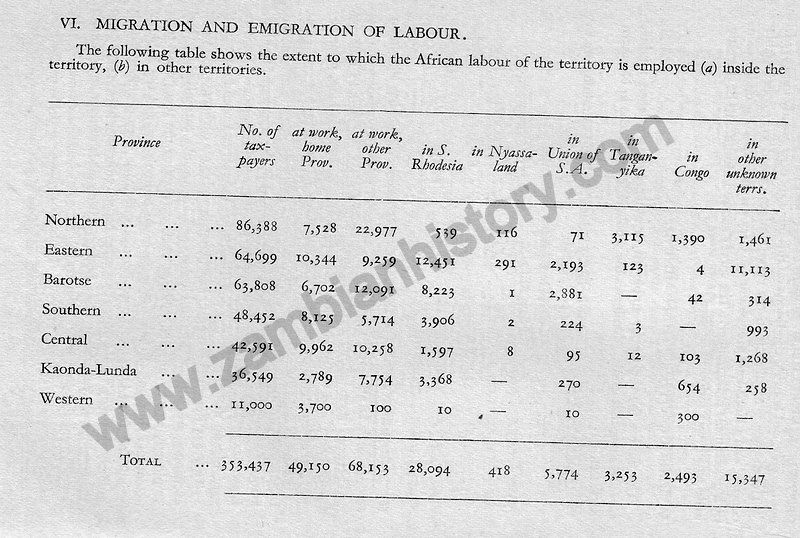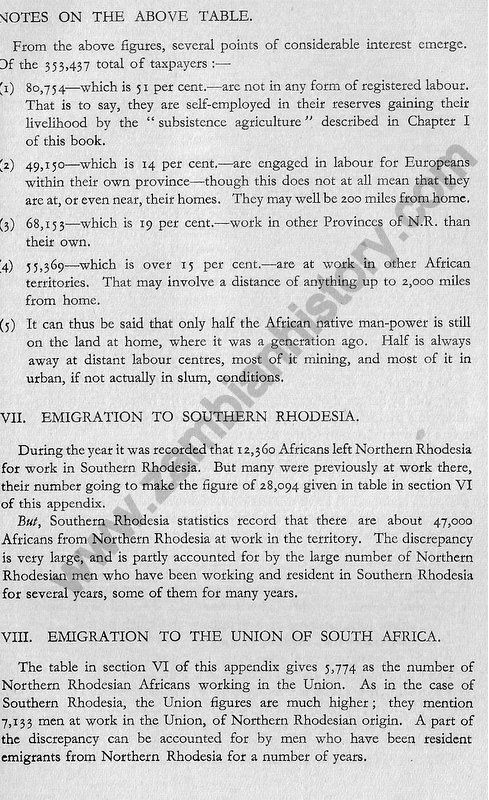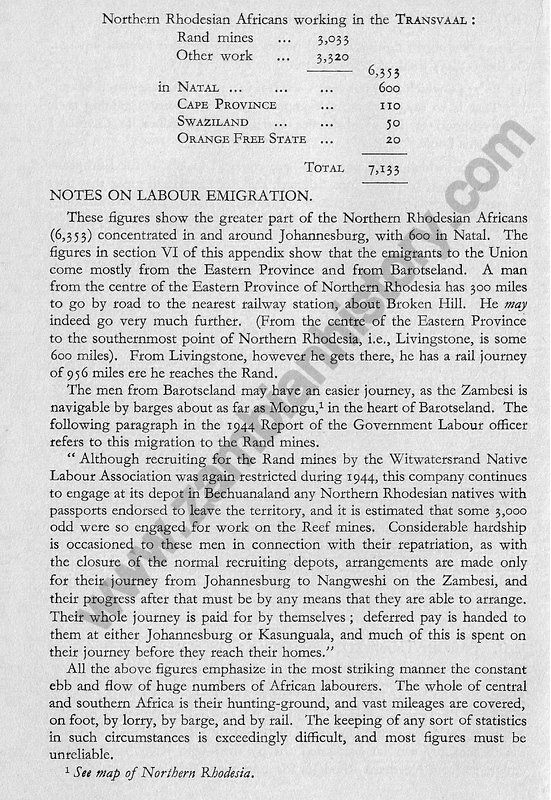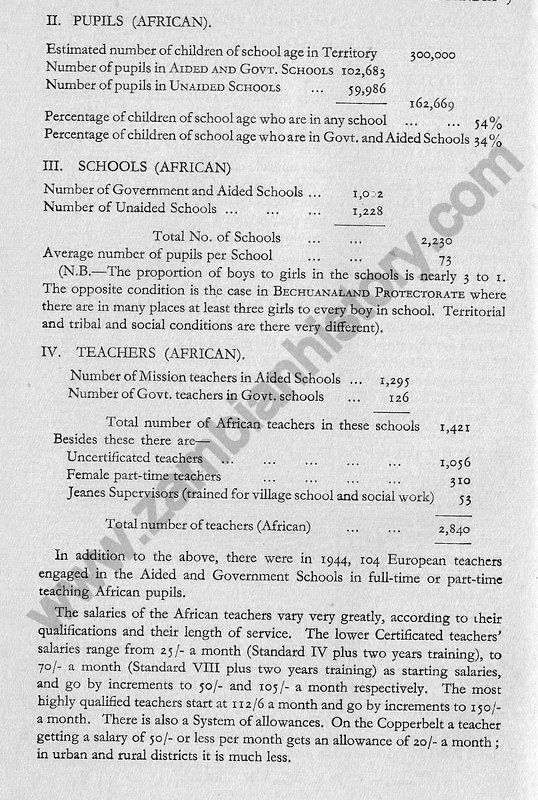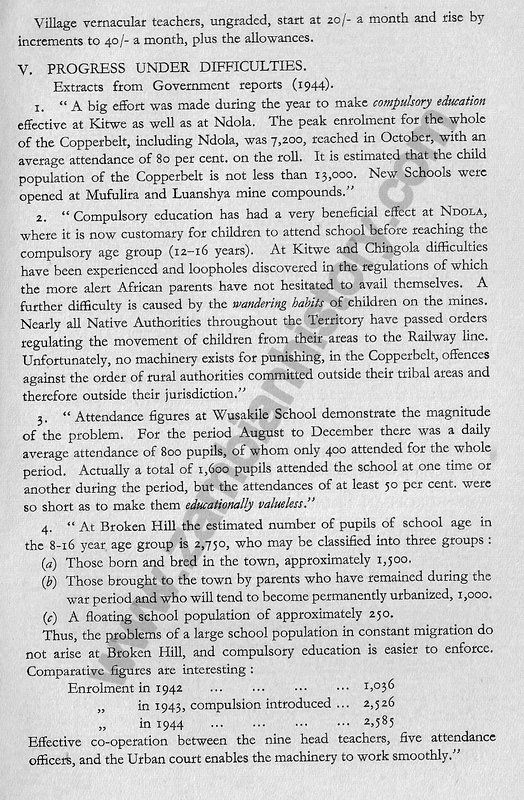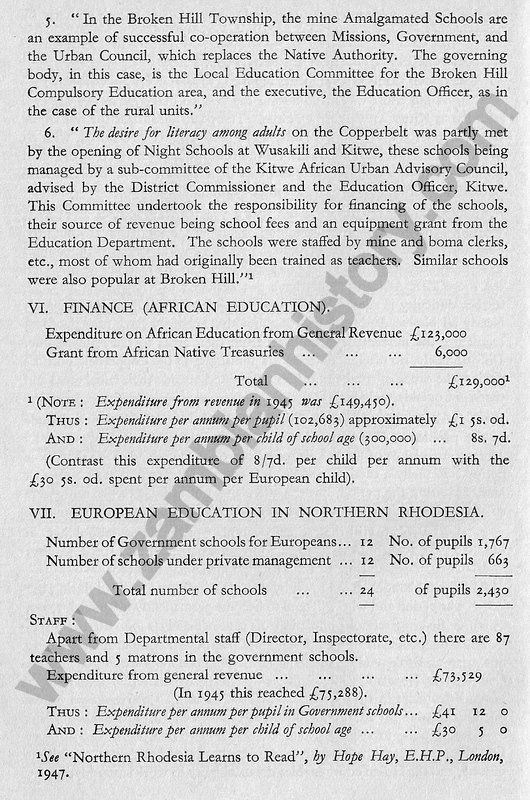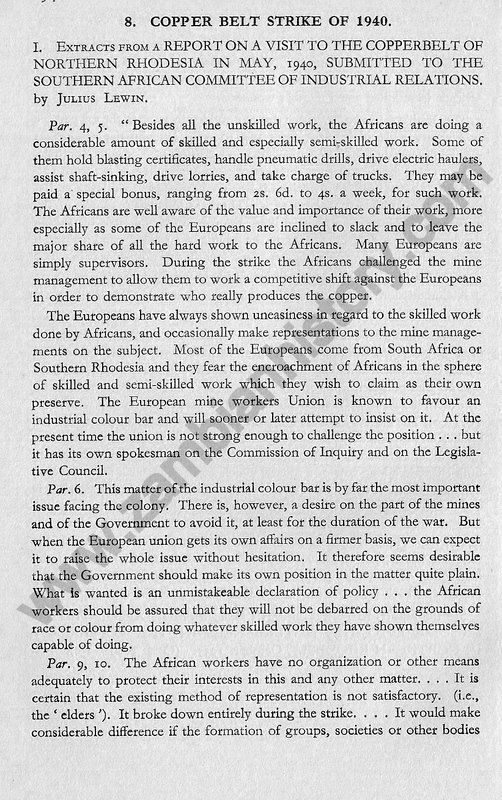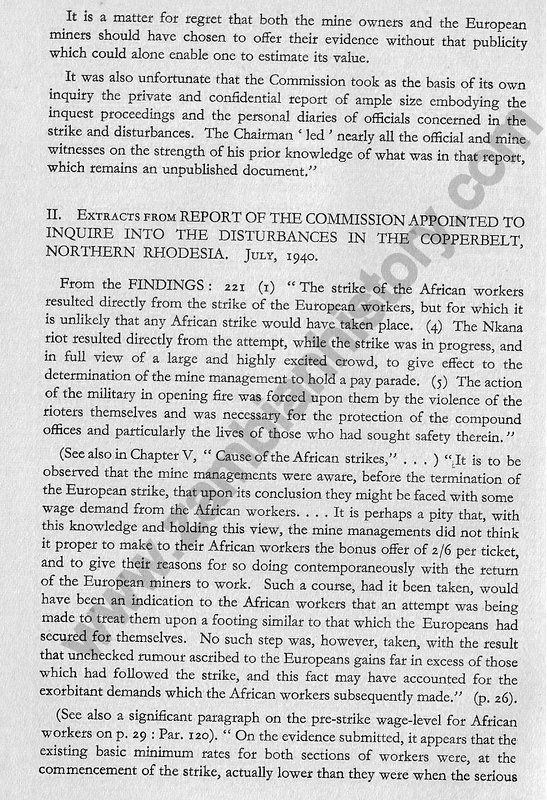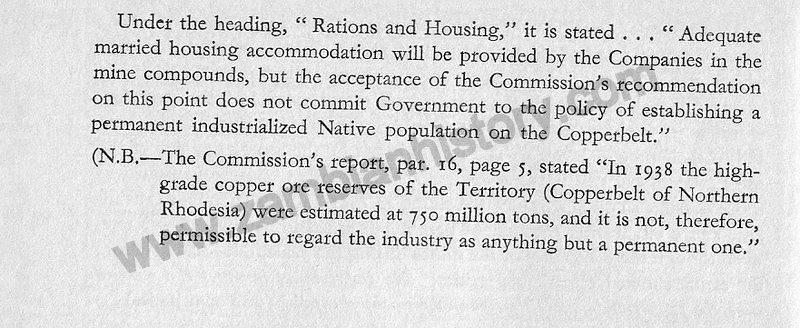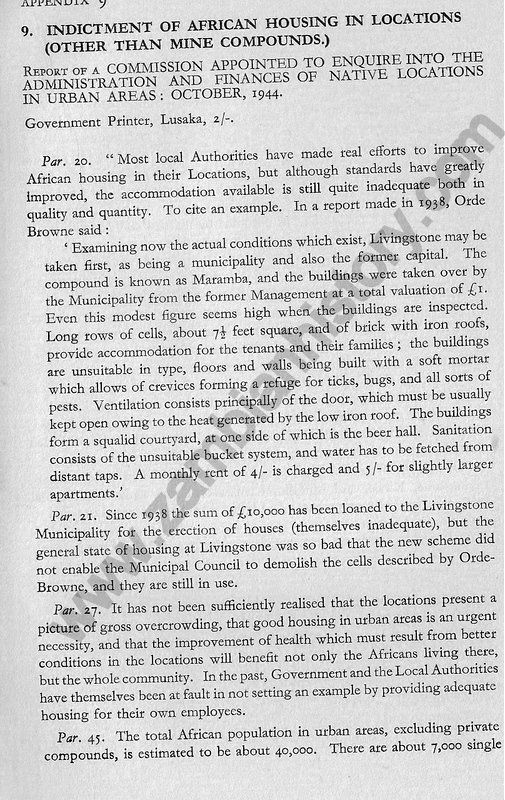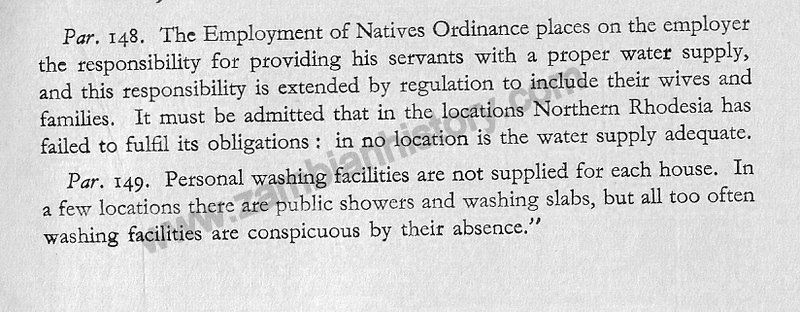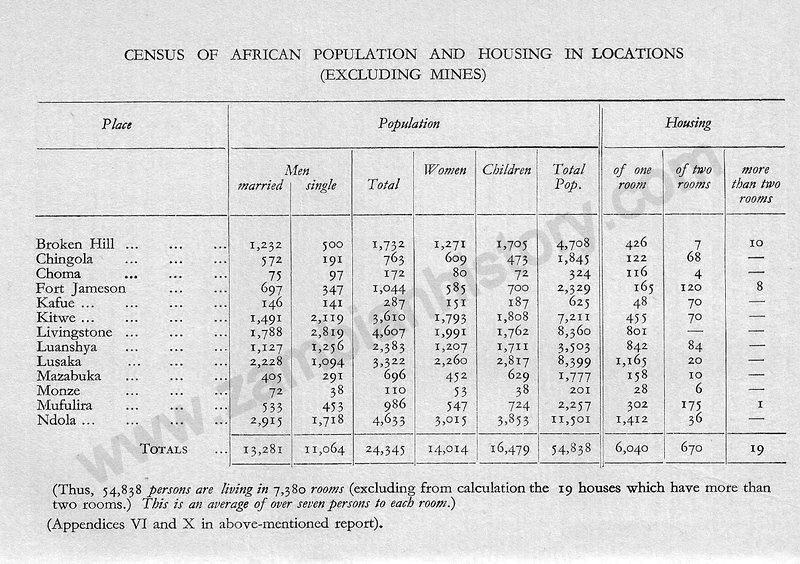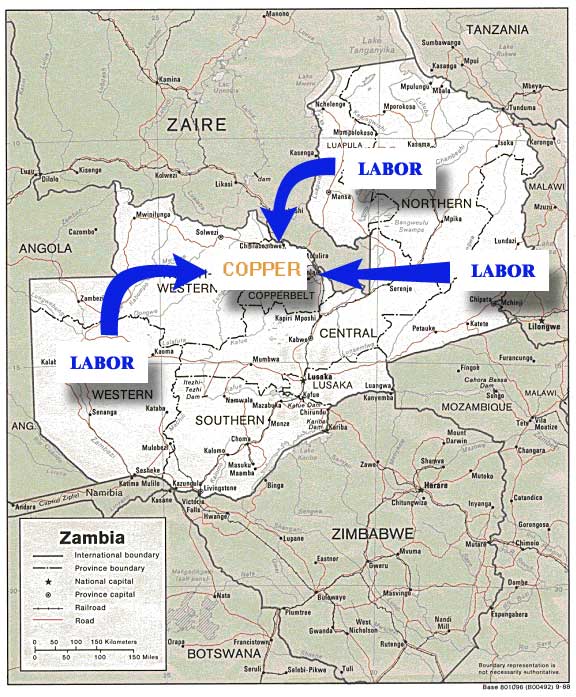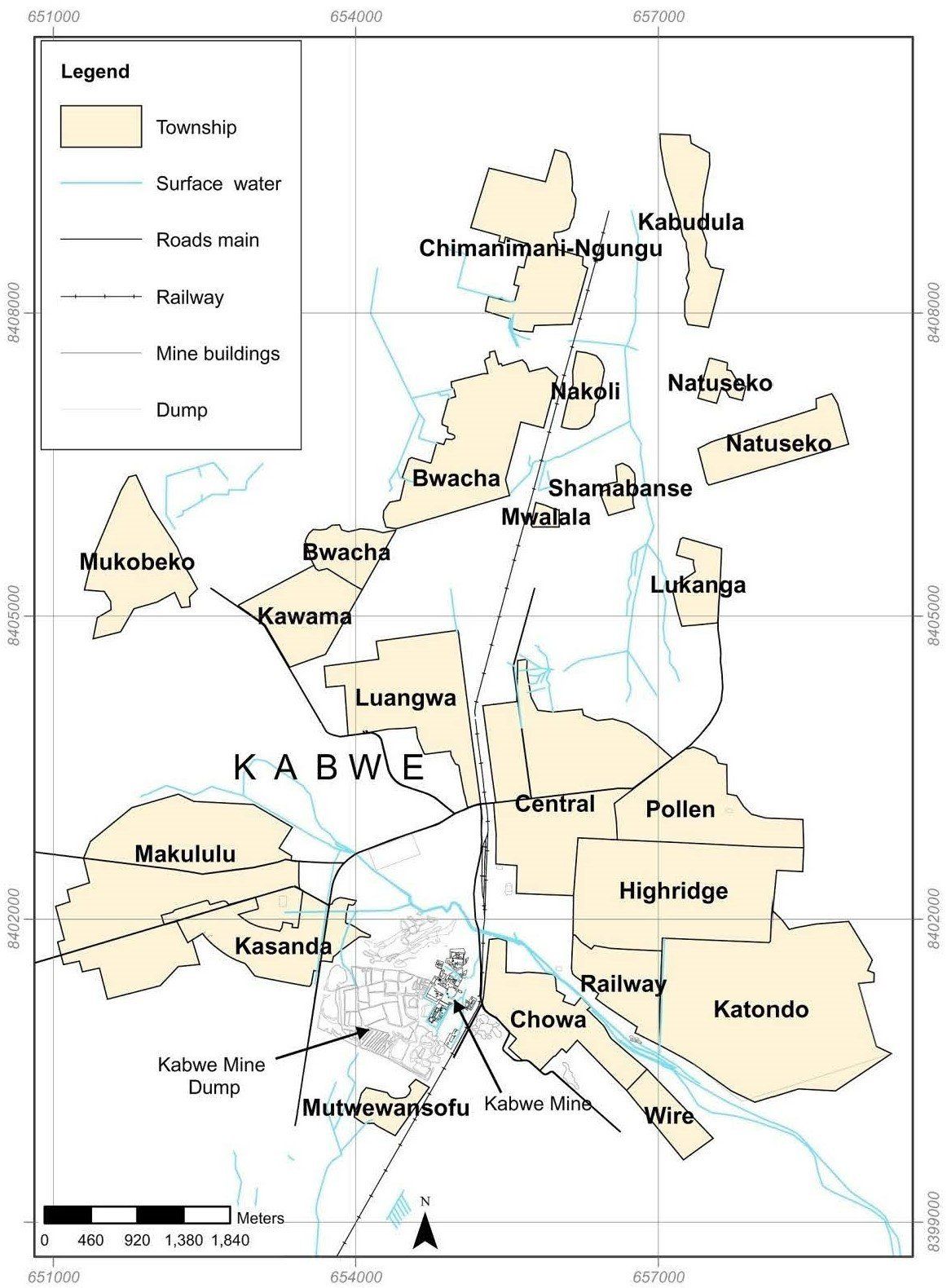COPPER
Copper is most commonly present in the earth’s crust as copper-iron-sulfide and copper sulfide minerals, e.g. chalcopyrite (CuFeS2), bornite (CusFeS4) and chalcocite (Cu2S). The concentration of these minerals in an ore body is low. Typical copper ores contain from 0.5% Cu (open pit mines) to 1 or 2% Cu (underground mines). Pure copper metal is produced from these ores by concentration, smelting and refining,
Copper also occurs in oxidized minerals (carbonates, oxides, hydroxy-silicates, sulfates), but to a lesser extent. Copper metal is usually produced from these minerals by hydrometallurgical methods, Fig. 1.2. Hydrometallurgy is also used to produce copper metal from chalcocite, Cu2S.
A third major source of copper is scrap copper and copper alloys. Production of copper from recycled used objccts is 10 or 15% of mine production. In addition, there is considerable re-meltinghe-refining of scrap generated during fabrication and manufacture.
Extractive Metallurgy of copper - to read download file.
CHAMBER OF MINES
Year book 1959, published in Kitwe, Northern Rhodesia
THE CHAMBER - Composition of the Northern Rhodesia Chamber of Mines
The Northern Rhodesia Chamber of Mines was formed in 1941 by the four main copper mining companies, viz. Mufulira Copper Mines Limited, Nchanga Consolidated Copper Mines Limited, Rhokana Corporation Limited and Roan Antelope Copper mines Limited. These companies were the only ordinary (or full) members until the admission, on January 1, 1957, of Bancroft Mines Limited and Chibuluma Mines Limited, who had previously been corresponding members.
At the end of 1959 the members of the Executive Committee were:-
D. Symington (Chairman), O. B. Bennett ( General Manager, Rhokana Corporations Limited), F. E. Buch ( General Manager, Mufulira Copper Mines Limited), A. J. Brink ( General Manager, Bancroft Mines Limited), R. C. Cornthwaite ( Manager, Chibuluma Mines Limited), N. M. Kenny ( General Manager, Roan Antelope copper Mines Limited), M.W. Rushton ( General Manager, Nchanga Consolidated Copper Mines Limited)
The following companies have the priviledge of corresponding membership which is permitted by election annually:-
The Rhodesia Broken Hill Development Company Limited, Rhodesia Copper Refineries Limited, Rhodesia Congo Border Power Corporation Limited, R.S.T. Mine Services Limited, Rhoanglo Mine Services Limited, Ndola Copper Refineries Limited
Honorary members are elected annually and the present honorary membership comprises the Presidents of the Transvaal and Orange Free State Chamber of Mines, and the Chamber of Mines of Rhodesia (Incorporated), Salisbury.
Representation on Government Boards and Committees
The Chamber represents the copper mining companies on the following Government Boards and Committees:-
The Cattle Marketing and Control Board of Northen Rhodesia
The Natural Resources Board
The Pneumoconiosis Compensation Board
The Apprenticeship Committee
The African Welfare Officers' Training Board
The Rhodesia Railways Central Consultative Committee
The Beira Port Traffic Advisory Committee
The Advisory Committee on the Technical Educations of Africans
A brief guide to Northern Rhodesia
Information Department October, 1960 by Tim Wilson
THE DISCOVERY OF COPPER
Hopes of developing rich mineral deposits had long been cherished. In 1920 the output of minerals realised a total value of only £387,000. By 1924 this had risen to £3m., due largely to the mining of lead at Broken Hill. Then, in 1925, sulphide deposits yielding a high proportion of copper were copper were discovered near Ndola, on the Congo border. In the years which followed came the development of Northern Rhodesia's great copper industry. A bad start with the Bwana Mkubwa crash was the prelude to a brilliant future. The Territory's four big mines at Luanshya, Kitwe, Mufulira and Chingola came into production shortly after Bwana Mukubwa closed down in 1929.
But world depression in 1931 shattered early hopes. Almost overnight the price of copper fell from £72 per ton to £27. Work on the Copperbelt, as this area became known, continued on only two mines and there was widespread unemployment among both Europeans and Africans.
After 1933 the situation slowly improved. In that year the Territory produced minerals valued at £3,845,560 more than seven-eights of which accrued from copper. And since those troubled years of depression and struggle for survival, the fate and fortunes of Northern Rhodesia have been bound up in the Territory's copper mining industry. Strenuous efforts have been and are still being made byGovernment to build up a more balanced economy, so that if another depression does result in a fall in mineral prices, Northern Rhodesia will not be dependent entirely on her copper resources.
THE COPPERBELT
Romance of African Copper
The riches of the Copper Belt in Katanga, Belgian Congo, and of the copper
mines in Northern Rhodesia have been won by the efforts of explorers
railway pioneers and mining engineers, who have built up an important
industry in a district remote from the rest of civilization
https://www.wondersofworldengineering.com/copper.html
A brief guide to Northern Rhodesia
Information Department October, 1960 by Tim Wilson
THE COPPERBELT
As the name implies, the Copperbelt is the home of Northern Rhodesia's great copper mining industry which is, in terms of world production, second only to the United States. But a mere thirty years ago none of the present mines was producing, and less than forty years ago the Copperbelt consisted of little more than dense bush populated mainly by elephants, lion and other varieties of game.
To bring copper mining to this erstwhile wilderness took a great deal of courage and endurance by men such as W. C. Collier. In early 1902, before the torrential summer rains had ceased, Collier and two others set off from Bulawayo with fourteen donkeys as transport, to prospect for copper.
The rivers were swollen, the tracks quagmires and it is not surprising that it took them three months to travel something like 800 miles. They nearly lost their donkeys and supplies when fording the flooded Zambezi and, after crossing the Kafue, found themselves in tsetse fly country and had to abandon the donkeys. They hired local African porters; tall, naked men who, it was said, would just as easily laugh at one's jokes as kill one in one's sleep.
Before reaching the Copperbelt, Collier halted at the Silver King, one of the many tiny, now derelict copper mines, opened at the turn of the century, which failed through lack of communications, capital, knowhow and equipment.
To read more click on file below:
These African Copper Miners
by R. J. B. Moore
Reginald John Beagarie Moore - 'Mike Moore' as he was know by his friends, was born in Hitchin, Hertfordshire on 20th August 1909. He attained an Honours degree in theology, and had made a special study of anthropology.
Ordained in 1933 at Hitchin Congregational Church, he sailed, with his wife, for Africa. He worked as a missionary Society in the Copper Belt of Northern Rhodesia, and in other parts of that territory, for a brief ten years, until he died of cancer in February 1943, at Johannesburg, at the early age of thirty three. But in that strenous brief decade he had shown unusual ability and promise, and had already made an outstanding contribution to the life and welfare of the people whom he served and loved.
It is a protest against the apparently blind and unfeeling impact of modern large-scale mining industry on the African tribes of Northern Rhodesia, and an appeal for justice for defenceless and inarticulate peoples subjected to what amounts to a European industrial invasion. What might be called the Industrial Revolution in Central Africa has already shown, (as the governing power ought surely to have foreseen,) many of the unhappy features of that uneasy experience in our own British History. But in Africa it has had something of the suddenness and ruthlessness and irresistibility, on the social plane, of what, on the military plane, we have become familiar with as the German "blitzkrieg".
Consider briefly the history of the last twenty years.In 1925 rich deposits of copper sulphide ore are found in a smallish area of a province of Northern Rhodesia, almost on the border of Belgian Congo. At several points mines are started, and by 1930 the "mushroom" growth of this copper rush involves some 30,000 uneducated tribal African labourers, swept up from all over a huge territory, herded together in improvised temporary compounds, and engaged in the erection of huge modern electrical and mechanical constructions, in the midst of what was until then the silent, untouched and inaccessible African forest. "Ndola...looked forward to becoming a second Johannesburg: trade flourished and almost unlimited credits was given." Then slump. Price of copper fell from £72 to £27, mines closed down altogether, or their development was arrested; despair, dismissal of both Europeans and Africans, till the latter fell from the 30,000 figure to less than 7,000 in 1932. The following year brought as sudden revival. Mines were re-opened, others went into production for the first time. The war increased the demand for copper; and in 1943, eighteen years after the discovery of ore, the four larger mines employed (directly in actual mining operations) over 34,000 Africans and about a tenth of that number of Europeans, and the copper exported from Northern Rhodesia, nearly all to Britain, reached the value of £11,965,249.
To read more, please click on download below.
LUANSHYA DISTRICT
Nkhwazi Volume 12, April 1964
D. G. Layne
Luanshya, one of the oldest established mining communities in the Territory and certainly a Copperbelt town that is second to none in horticultural attraction, is remembered and appreciated by all police officers who have been fortunate enough to have served here.
Although at present time it has been left behind to some extent in comparison to developments in other parts of the Territory it contributes greatly to the economy and has its moments of interest, excitement and tragedy. The expansion of the Roan Antelope Copper Mine involving construction of Irwin Shaft and a complete new African Township ten miles from Luanshya centre has required the construction of an additional police station controlled from a three-storey Headquaters building of the most modern and uo-to-date type and perfectly equipped. A far cry from the days when the peace and good order of the community depended upon a very small number of European and African police with little equipment and cleft stick communication. Even in the post-war days, after the police station had been established for over fifteen years the one vanette and two war-time masked headlight B.S.A. motor cycles were dependent on the short petrol supply and the expediency of the demand, for their use. Perhaps, hard to believe now, when comparing the size of other towns, but Luanshya in those days had the record of the second highest crime figures in the Territory and was one of the busiest stations.
Many officers throughout the Force and those who have retired have over the years played their part in improving the efficiency of the police force here and helped to reduce and control the unenviable statistics.
It is with consideration satisfaction that after experiencing early post-war participation in the station's activitites as a recruit I am now able to appreciate the progress and efficacy of the present staff as Commanding Officer.
The Northern Rhodesia Copperbelt 1899-1962
by Francis L. Coleman
THE MINING AND TREATMENT OF COPPER ORE
xxx
Africa’s Integration into the Global Economy: Colonialism Case Study: Northern Rhodesia
The Story of Copper.
Colonialism in Africa took different forms, politically (see Module Ten: African Politics), and economically. In this section and the one that follows, two case-studies of two quite different types of colonial economic systems will be presented.
Northern Rhodesia (Zambia) was colonized in the 1890s by the British South Africa Company (BSAC), a business group that received a royal charter from the government of Britain in 1888. This charter gave the BSAC and its leader Cecil Rhodes permission to colonize the areas north of the Limpopo river on behalf of Britain. In return for undertaking the expense of colonization, the BSAC was given the right to control all mineral resources found in the new colonies.
Cecil Rhodes and other BSAC officials were convinced that Southern and Central Africa, the areas north of the Limpopo River, were rich with minerals. They based this belief on stories told by Portuguese traders who had traded in the interior of Southern Africa since the 18th century. These traders told stories of large supplies of gold and other minerals.
http://exploringafrica.matrix.msu.edu/?s=the+story+of+copper&submit=Search
KABWE
Back in 1902 a number of kopjes in the Broken Hill area were found to contain lead and zinc and the eminent engineer T. Davey pegged out claims. By 1904 finance was in place and the Broken Hill Mine operation started with W. Donald as manager. On a kopje overlooking the mine workings wattle and daub dwellings were erected to house the workforce. The houses were enclosed by a stockade to reduce the danger from wildlife. The arrival of the railway allowed two shipments a week of very high grade ore to be sent to Beira for shipment to Wales. Here an expensive process of separating the zinc from the lead took place. By May 1907 the trade had become uneconomic and the loss of this contract resulted in reduced production, a depleted workforce and little hope of recovery in the short term. The Rev. G. Butt, visiting Broken Hill in 1908, saw the place as a shadow of its former self. Alcohol abuse was rife and even the postmaster was afflicted. In July he committed suicide rather than face demotion.
A song based on the book "Remnants Of Empire" by Pamela Shurmer-Smith, a collection of memories about Northern Rhodesia (pre-Zambian independence) shedding light on the treacheries of nostalgia and the inevitable "reminiscence bump" we must all face eventually.
Song by Louis Barabbas, Recorded at F-Bomb Studios with Felix Hagan. Produced by Felix Hagan.

CYNIDE POISONING AT BROKEN HILL
Royale Hillman Stevens was born in Michigan in the year 1887, to John H Stevens and Una Stevens. Royale`s father was born in the USA and his mother was born in Canada with Scottish heritage. Royale married his wife in the USA in 1909, he was 6 feet tall, had blue eyes and light brown hair. In the 1910 census he was described as a chemist at a smelter. Royale lived at the Marquette Apartments, Salt Lake City, Utah in 1915. In 1916, Royale emigrated to Australia , working as a metallurgist. In Australia he worked for the Electrolytic Zinc Company of Australasia, based in Tasmania as a chief of operating department, chief of research and chief of metallurgy. Royale was recorded as a deaf man on his 1920 passport application. In 1924 Royale emigrated to Broken Hill, Northern Rhodesia to work as a metallurgist. Broken Hill mine was the first large mine in Northern Rhodesia, I would liken it to Wankie Colliery in Southern Rhodesia or the Katanga mines in Belgian Congo. It’s important to note that the BSA Company played a significant role in mineral prospecting in Northern Rhodesia as was the case in Southern Rhodesia. Sadly Royale met his demise at his residence at Broken Hill from cyanide poisoning at age 46 years and 1 month old. Royale sleeps in the Kabwe cemetery in Northern Rhodesia now Zambia.
The Impact of Lead Contamination on Children’s Rights in Kabwe, Zambia
More than one third of the population of Kabwe, Zambia— over 76,000 people—live in lead-contaminated townships. Studies estimate that half of the children in these areas have elevated blood lead levels that warrant medical treatment.
Kabwe, the capital of Zambia’s Central Province, was home to a lead mine from 1904-1994. During that period, smelter fumes covered much of the surrounding soil with lead dust. The mine, which opened while Zambia was a British colony, was owned and operated by British companies until 1970, when the Zambian government nationalized the mining industry. The government closed the mine in 1994 and privatized its assets the following year. Since then, seasonal flooding and windblown dust from the mine dump, as well as ongoing small-scale mining, have worsened the contamination.
HIDDEN DOCUMENTS REVEAL THE SHAME OF KABWE'S TOXIC DEATHS
The bulletin & record (B&R) Vol V. Issue 1, February 2015
Charles Mafa
Many children died and thousands more were poisoned by lead toxicity during a century of Kabwe Mine's operation. As well, thousands of miners were equally struck down as each day they risked their health and lives in a poisonous mine, with cynical disregard by the authorities, as the B&R can now reveal after studying documents hidden away for years.
Archived documents seen by the B&R pinpoint flaws and boardroom battles within Zambia Consolidated Copper Mines (ZCCM) to conceal the real impact of lead poisoning in Kabwe over many years.
Given that lead poisoning has been around for so long and is responsible for Kabwe being labelled by the UN as one of the 10 most populated cities on earth. The actions of government in dealing with the poisoning at Kabwe Mine appear to have been reckless in the extreme.
Continue to read by clicking the link below.
BROKEN HILL MINE STATION
Nkhwazi Volume 12, April 1964
The Broken Hill Mine Police Station opened in December, 1957, and Inspector Vaughan-Johnson was Officer in Charge with Inspector Goodfellow as his deputy.
These officers are well known to many in the Force and Chief Inspector Goodfellow is now at Mobile Unit while Robin Vaughan-Johnson has now left the Force, holding the rank of Chief Inspector at the time of his departure.
Robin Vaughan-Johnson was responsible for the excellent layout of the station gardens which, sad to say, have now, due to the withdrawal of trained staff and lack of funds, almost returned to the wild.
Stan Hanson took over as officer in Charge in June, 1959, and remained at the station until January, 1962, when he left on leave. Jerry Waldren took over at that time but soon left for cloak and dagger work. Roy Gordon came up from Pemba and took over the chair until March, 1963, when Len Brennan arrived on the scene. Len departed for Raylton in May, 1963, and Mike Hugh-Jones took over and at present remains in the chair of office.
The station has not been the spawning ground of the higher ranks of the Force but the short life of the Station is felt to be the main reason for this, no doubt time would tell.
The mine Station has not been the centre of any great episodes of valour or drama in the history of the Force to date but has occupied its position astride the Great North Road carrying out the routine duties of a police station, at times bedecked with a gay head-dress, at others grey and shorn ofcolour.
The character of a Station can be felt and the Mine Station, Broken Hill reflects the character of policeman throughout the world, sturdy and uncomplaining, duty being done no matter what, no great events to report but the thread of law being woven through the Territory to aid and protect the inhabitants.
It is felt that the Broken Hill Mine Station continues to retain the personalities of its officers in charge, not to mention the many subordinate and other ranks who have served there. It can only be hoped that the examples set by these officers will be an example to officers to come and the Station will continue to serve the public well.








